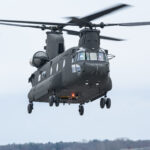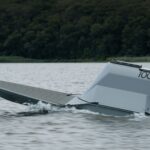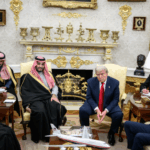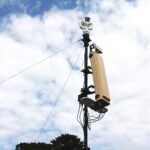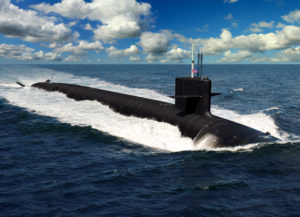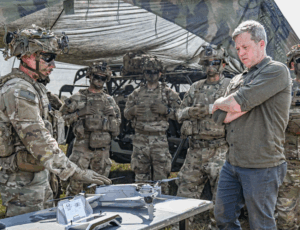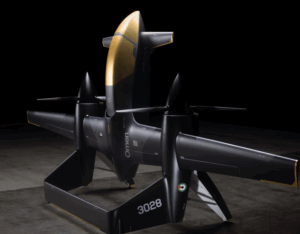
ST. LOUIS--Boeing [BA] believes its F-15EX could carry and employ drones from conformal tech bays that would take the place of conformal fuel tanks on the plane. The aircraft's open architecture and cabling may facilitate manned-unmanned teaming. "We created some new space--the new digital design, the nose barrel and the forward fuselage also added some capacity from a physical space perspective," said Matt "Phat" Giese, Boeing's chief F-15EX test pilot. "With this new EX open architecture/open mission system design, that…


